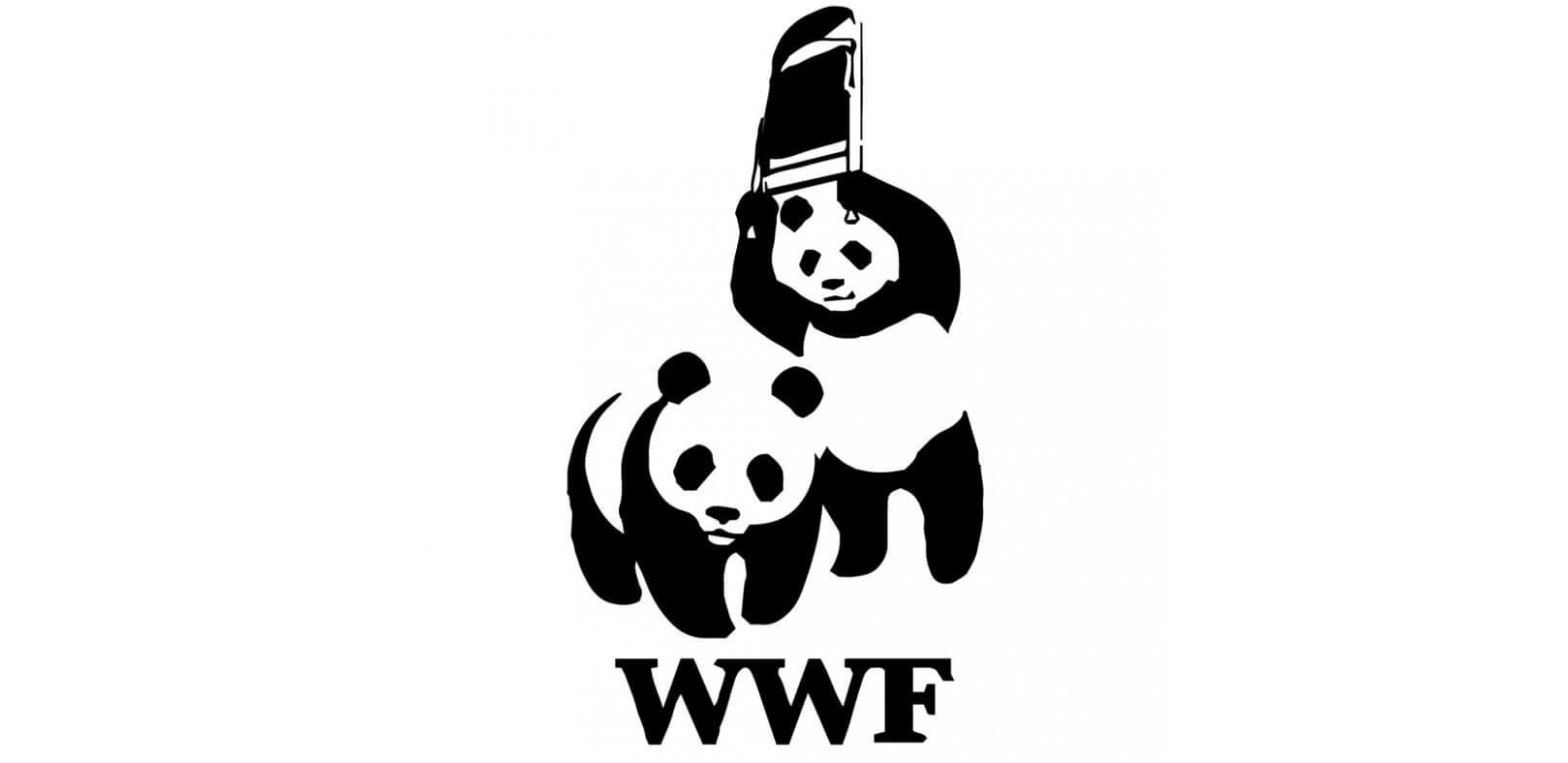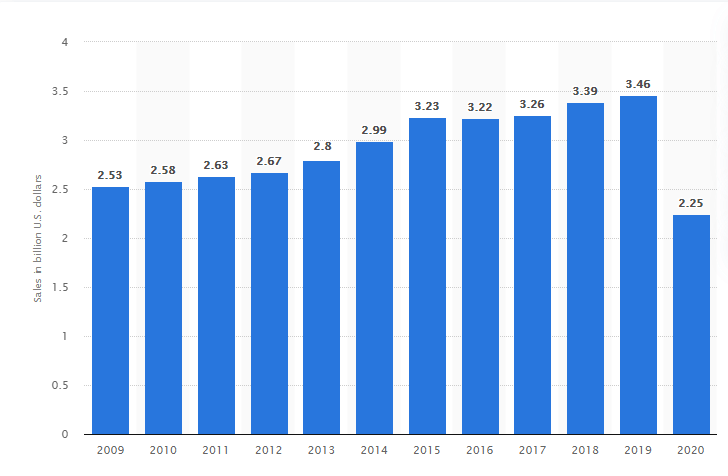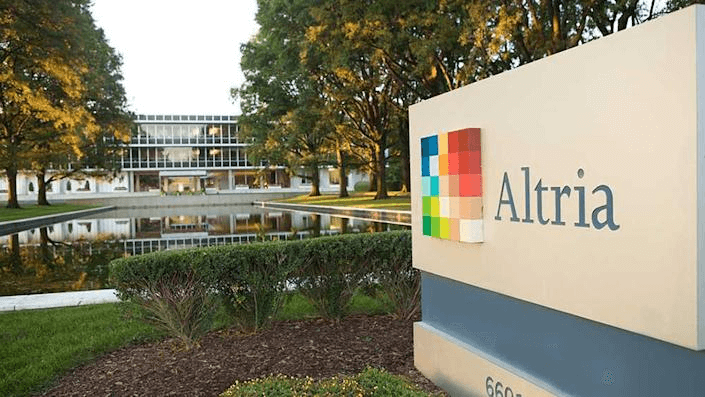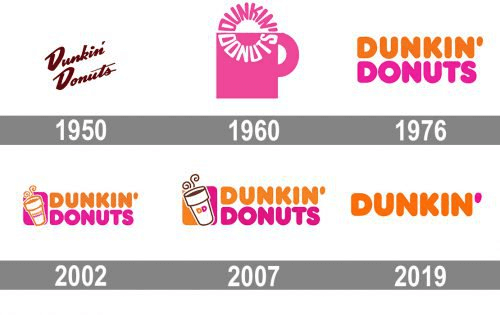Why do brands change names
It takes a very good reason for a large company to change their signage. That is why the new name of a famous brand is always an event.
This happened with the renaming of Facebook. On October 28, Mark Zuckerberg announced that from now on it will be called Meta. According to the founder, the company wants to associate not with its product – a social network, but with the concept of the “metaverse”, in which he sees the future of the Internet.
Zuckerberg claims that he got the idea to rename Facebook back in 2014 after buying Instagram and WhatsApp. But many experts believe that in this way the company is trying to distance itself from the scandals around the social network. For example, Reuters has compared the Facebook rebranding to the renaming of the tobacco giant Philip Morris, which has tried to move away from cigarette associations.
We figured out what prompts famous businesses to change their names, and collected 5 cases of high-profile renaming.
Rebranding often reflects cultural changes in consumer behavior or values. For example, this happened with Kentucky Fried Chicken. Due to the trend towards healthy eating, the brand decided to ditch fried and simplified its name to KFC.
Sometimes the name starts to limit the company. This happens most often with rapidly growing businesses that bring new products to the market. For example, this happened with Apple Computers. In 2007, Steve Jobs introduced the first iPhone, and also announced that the company will now be called simply Apple. This helped move away from the image of a computer manufacturer alone.
Here are some more common reasons big brands have to change their name:
- mergers or acquisitions
- public pressure
- copyright problems
- an attempt to distance ourselves from a negative image
For young companies, “name” is not the most important thing. Many well-known brands started with completely different names, but soon changed them to more successful ones. For example, Google was once BackRub, Instagram started as Bourbn, and Yahoo’s search engine was called Jerry’s Guide to the World Wide Web.
Now let’s talk about 5 famous renaming events that have happened over the past 20 years.
# 1. WWF → WWE
In 2002, the World Wrestling Federation (WWF) was forced to change its name to World Wrestling Entertainment (WWE) due to legal proceedings.
The fact is that the company did not take seriously the agreement of 1994, which it signed with the World Wildlife Fund (WWF). The charitable organization registered WWF as a trademark back in 1961. The use of the WWF acronym for the wrestling federation was strictly limited.

Despite the ban, the WWF used WWF in its logo and website address. To protect their brand, the Wildlife Fund went to court. The charity didn’t want the fighting industry to tarnish their reputation and identity.
The Wrestling Federation argued that there was no confusion in the public mind between organizations. But the court sided with the Wildlife Fund, and the wrestlers had to spend not only on rebranding, but also to pay legal costs in the amount of £ 1 million.
# 2. IHOP → IHOb
The first International House of Pancakes opened in Los Angeles in 1958. Today, IHOP is an iconic American brand that sells its franchise overseas.
On June 4, 2018, IHOP announced on Twitter that they were going to change the name to IHOb, and promised to reveal what the letter b stands for next Monday, June 11. The statement caused an unprecedented stir on the Internet: some offered versions, others did not support renaming.
The IHOb topic has skyrocketed to # 2 on Twitter. It was only surpassed by the historic meeting between US President Donald Trump and North Korean leader Kim Jong-un.
In the promised timeframe, IHOP announced that b was their burger, their new signature dish, and this raised another wave.
A few weeks later, the brand admitted that the renaming was temporary and that they would never give up pancakes. So what happened? The sensational rebranding was part of a campaign to promote the new Ultimate Steakburgers line of burgers. This product was expected to help attract consumers during lunchtime and evening hours.
Despite the fact that burgers have been on sale in IHOP for years, many customers saw the restaurant as a place where they can have breakfast with pancakes-pancakes: in December 2017, 89% of respondents rated IHOP as an excellent breakfast place, for lunch and dinner, the indicators were lower – 74% vs. 61%.
Moreover, in 2016-2017, the restaurant was not doing very well – there was a decline in sales.


Would you like to receive a digest of articles?
One letter with the best materials per week. Subscribe not to miss anything.
Thank you for your subscription!
IHOP US sales 2009–2020
($ billion)

But now everyone knew about burgers. According to marketing director Brad Haley, the campaign helped quadruple their sales.
Why did the brand decide on such a risky move? In an interview with CNN Business, President Darren Rebels said: “IHOP expected some consumers to be confused and perhaps a little annoyed by the temporary name change to IHOb. But the brand had to do something bold and creative to break through the buzz in food and restaurant marketing, even if that meant some die-hard pancake fans would be briefly upset. ”
Exactly one year later, IHOP decided to repeat the trick, but now consumers already knew that there would be no major changes, like last time.
# 3. Philip Morris → Altria
Philip Morris has become the largest cigarette manufacturer in the world thanks to the phenomenal popularity of Marlboro.
The fact that the tobacco giant plans to change its name was known back in 2001. The new name – Altria – reflected the fashion of that time for unusual neologisms. The executives said the rebranding would help highlight the diverse nature of the business. For example, the company owned the Kraft Foods concern for the production of packaged food. But analysts and opponents of smoking saw this as an attempt to dissociate themselves from tobacco products, which at that time brought Philip Morris ⅔ profit.

The name change took place on January 27, 2003. On the same day, Philip Morris was relieved of responsibility for the smoking-related death of a woman. The company did not manage to get rid of the negativity due to a radical renaming. Instead of making consumers forget Philip Morris, Altria’s new name reminds them that the tobacco giant was trying to avoid accusations of the harmful effects of cigarettes on health.
In 2008, Philip Morris spun off from Altria. This happened due to numerous claims about the dangers of smoking. Altria focused on the US domestic market, while Philip Morris continued to do business overseas.
When the tobacco giants re-thought about the merger in 2019, the question arose about the future name. According to The Wall Street Journal, during the negotiations between the leaders, it was discussed that calling the company Philip Morris is risky, because this phrase is synonymous with cigarettes. At the same time, the name Altria looks outdated.
Both organizations plan to focus on alternatives to conventional tobacco – e-cigarettes. The use of the new name could have been a compromise, but merger negotiations have ended. Both Philip Morris and Altria continue to generate most of their cigarette profits.
# 4. Netflix → Qwikster
When it became clear that streaming was the future and DVDs would soon be a thing of the past, Netflix decided to separate the two. This is how the Qwikster company appeared in 2011. In fact, it was a delivery of discs, but under a different name.
Customers rebelled. If earlier they paid $ 10 for a Netflix subscription to both DVD and streaming services, now they were two different subscriptions on separate web resources with a total cost of $ 16. Users left thousands of angry comments on the company’s website, as well as outraged on Twitter for the #DearNetflix hashtag. Netflix was calculating losses: the business lost 2 million subscribers, and its shares fell by more than 75%.
As a result, the idea of dividing the business had to be abandoned. Reed Hastings recorded an apology video.
Netflix’s CEO sounded so flimsy that he was even ridiculed on the hit American show Saturday Night Live.
In the book No Rules. Netflix’s Unique Culture ”Hastings commented on the Qwikster experience: “This was the biggest fiasco in Netflix history” .
# 5. Dunkin ‘Donuts → Dunkin’
The first Dunkin ‘Donuts shop opened in the United States in 1950 in Quincy, Massachusetts. Today it is a well-known international franchise with a wide selection of drinks and fast food.
At the beginning of 2019, an abbreviated “name” appeared on the signboards of American coffee houses – Dunkin ‘. The fact that donuts will disappear from the name of the network became known in September 2018. But they tested the rebranding back in 2017 at a new location in Pasadena, California. The company’s management hastened to reassure customers: donuts will remain on the menu, as well as seasonal offers.

Why did a large network decide to change its name? Now the company wanted to associate not only with donuts – 60% of sales in its establishments are made up of drinks. In 2002, the brand tried to highlight their presence on the menu by adding a coffee cup to the logo. The 2019 branding is geared towards the consumer who wants to get delicious coffee as quickly as possible. The disappearance of donuts from the name is also associated with the trend for healthy eating and renewed menus.
According to Tony Weisman, director of marketing at the time, Dunkin’s new look reflects both the heritage and evolution of the brand. The logo retained the corporate colors – orange and yellow, as well as the iconic font, which was developed back in 1973. But at the same time, the new name allows the brand to be more flexible.
In fact, this is not the first time the company has used the abbreviated name Dunkin ‘. It appeared in the slogan of 2006 – America runs on Dunkin ‘, – that is, at the time of the rebranding, it was already familiar to the consumer.

In addition, Tony Weissman said that the company has conducted many tests and did not expect any negative reactions from customers.
Consumers have noticed a refreshing look. According to a study by Visual Objects, 34% of customers surveyed first noticed the changed name, and 32% – the logo.
The new branding did not fail financially either: in 2019, the American division of Dunkin ‘received $ 646 million in profit, which is $ 40 million more than in the previous year.
All business content in a convenient format. Interviews, cases, life hacks bldg. the world – in our telegram channel. Join!


Would you like to receive a digest of articles?
One letter with the best materials per week. Subscribe not to miss anything.
Thank you for subscribing!
